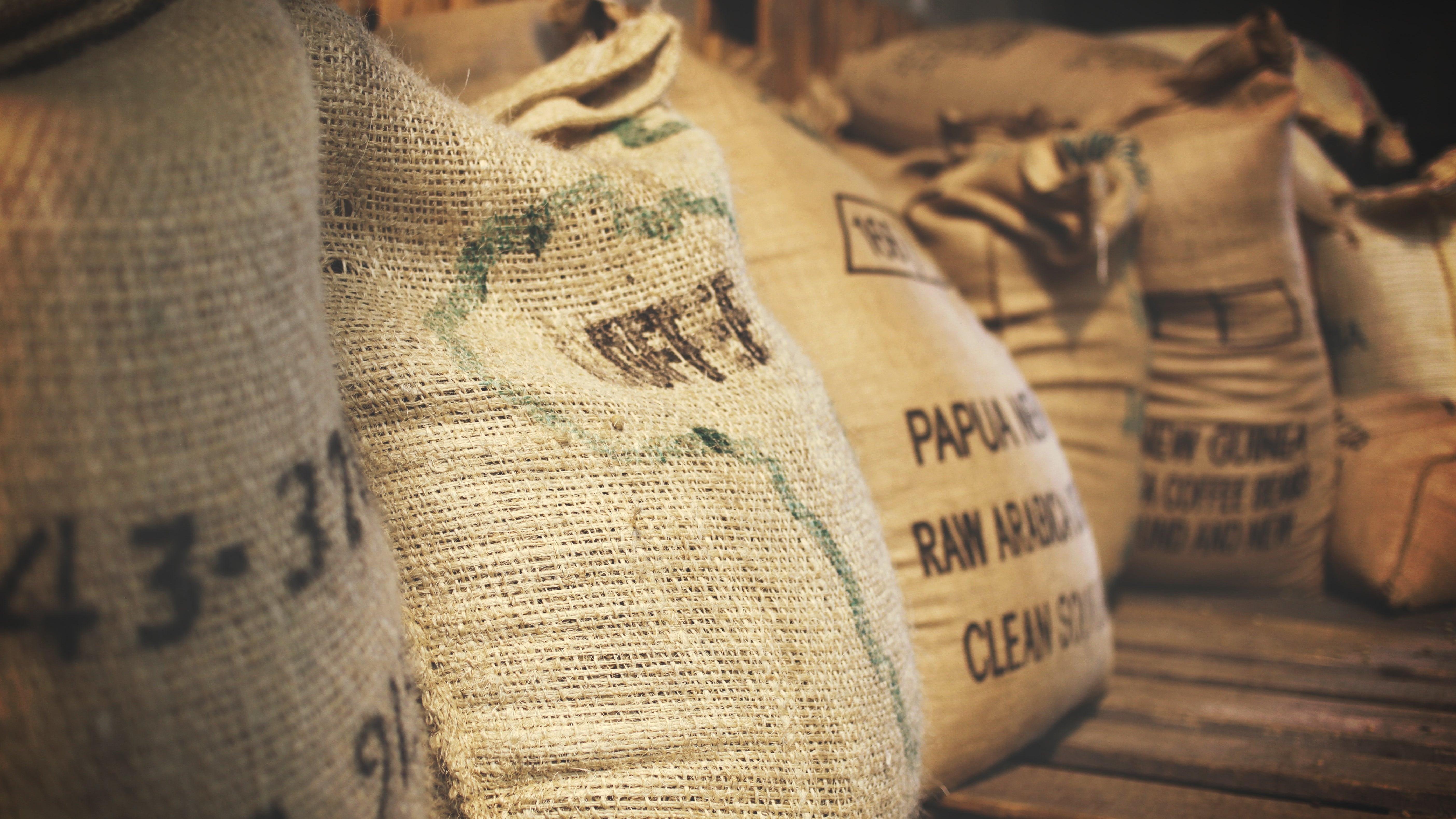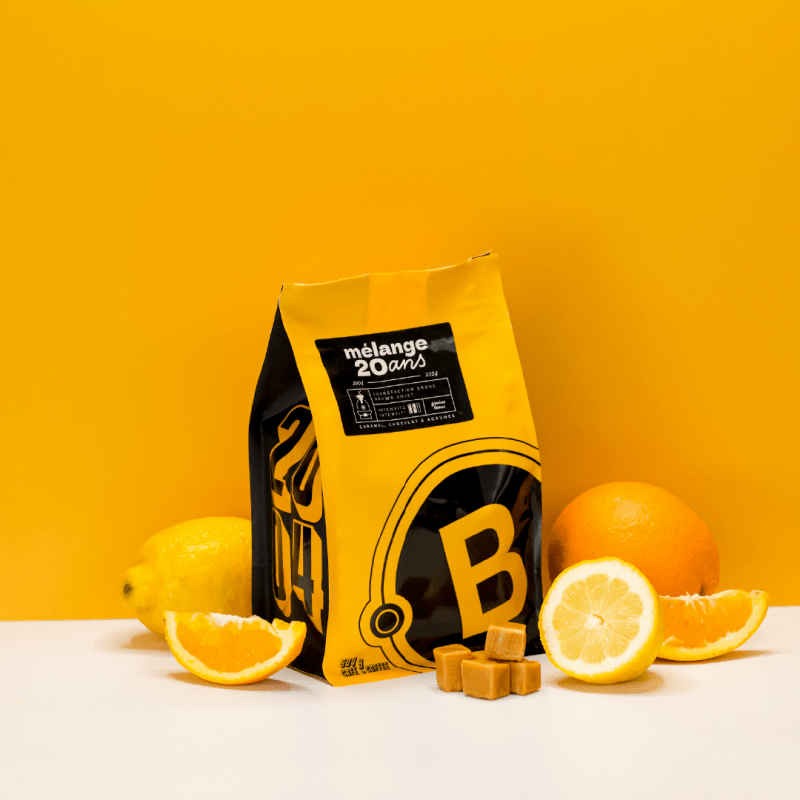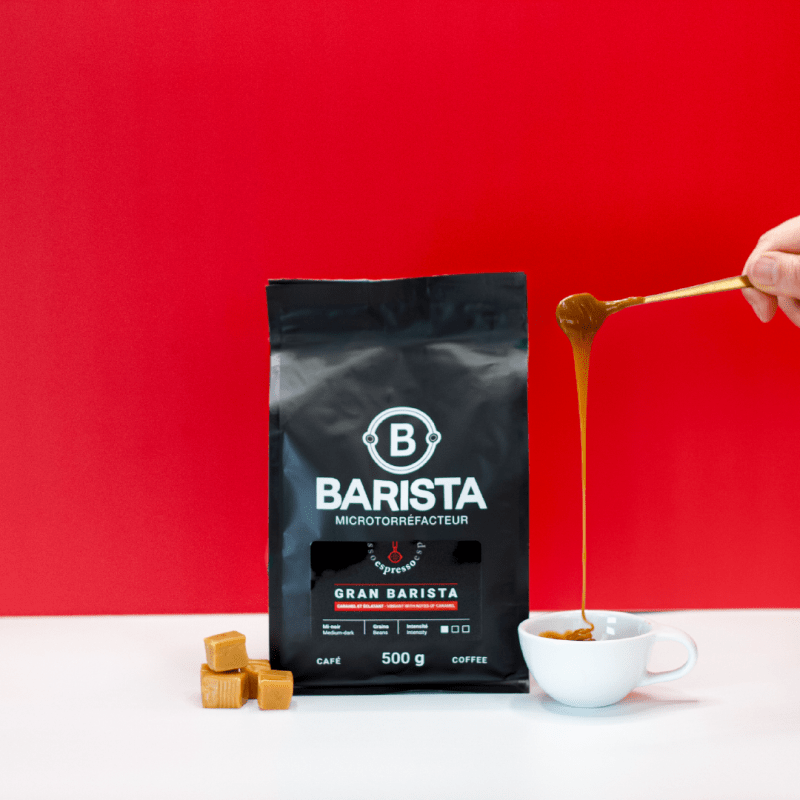Monsoon Malabar is an Indian coffee with unique flavours and an incredible history. Are you ready to take a trip back in time?
The History of Coffee in India
According to legend, it is a Muslim pilgrim named Baba Budan who brought coffee seeds to India after a pilgrimage to the holy lands, around the year 1600. He planted them near a cave in the mountains where he lived, in the town of Chikmagalur, in the state of Karnataka. Today, this region is considered as the birthplace of the country’s coffee.
Many decades later, in 1780, when India was under English occupation, the first coffee house opened its doors and invigorated the English.
It was these same Englishmen who later established the first commercial coffee plantations in India, around 1840. They wisely chose the south of the country for its tropical climate, high altitude, abundant rainfall and rich soil, all essential elements for growing quality coffee.
Today, India produces more than sixteen coffee varieties. However, coffee is far from being the priority crop or considered India’s most globally recognized beverage, as tea is the distinct leader. In fact, about 80% of the tea produced in India is for export.
The Story Behind Monsoon Malabar
Monsoon Malabar is an incredibly special Indian coffee, both in its appearance and taste. It has these unique characteristics because of a post-harvest process that dates back to colonial India.
Coffee grown in the Indian colony was shipped to Europe, a sea voyage that lasted between four to six months, with the coffee resting in a hold. However, with time, these holds became very humid due to the sea water that passed through the hull’s wood. The stored coffee then underwent a major transformation; the beans, originally green, arrived at their destination a pale golden color, twice as big, and with a completely different taste that Europeans loved.
With the development of faster travel times for maritime transport, Indian beans lost this distinctive flavour. A process called ‘monsooning’ was thus developed to reproduce this taste profile and satisfy demanding European consumers.
Monsooning
This method’s name originates from the phenomenon known as the monsoon, the season of the sea winds. Simply explained, monsooning consists of exposing the beans to the salty winds instead of leaving them to ferment in a ships’ hold for months.
More specifically, the coffee, typically dried AB Arabica, is stored in well-ventilated warehouses that are located in areas with exposure to these sea winds. This is usually on the west coast of India, where the winds from the Arabian Sea hit. The coffee absorbs this salt- and moisture-laden air for two to three months, which reduces its acidity.
The beans are stirred frequently during the exposure phase to ensure evenness. At the end of the process, they will have doubled in size and their color will have changed from light gold to light brown. They are then ready to be stored and roasted.
The Flavour Profile
As mentioned above, monsoon Malabar coffee taste is quite unique. It’s a strong, full-bodied coffee with a thick crema. This makes it an excellent choice in finer espresso blends that could benefit from a little extra oomph.
The very low acidity in the coffee offers tasting notes that are spicy, earthy, and slightly smoky, with hints of wood, licorice, and coriander.











Share:
Discovering Ma Station Boba & Café in Saint-Sauveur (in Québec City)
How to Make the Perfect Coffee with the V60 Brewer (Dripper)